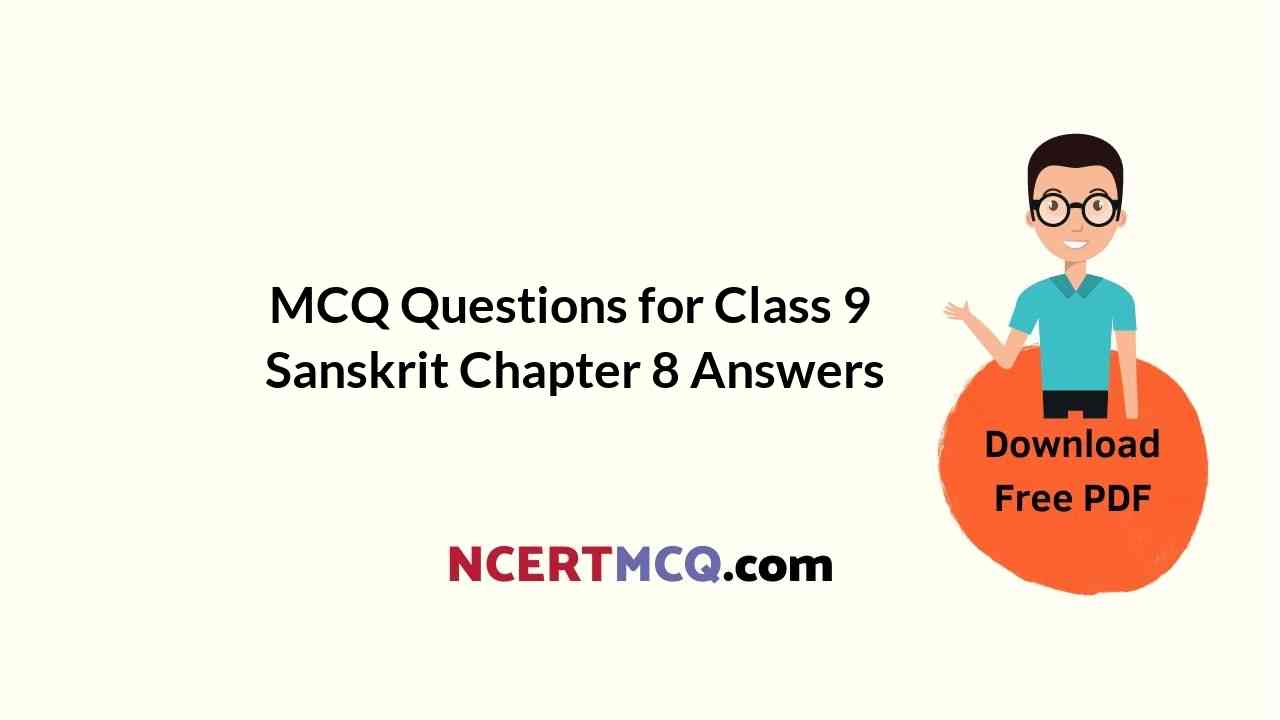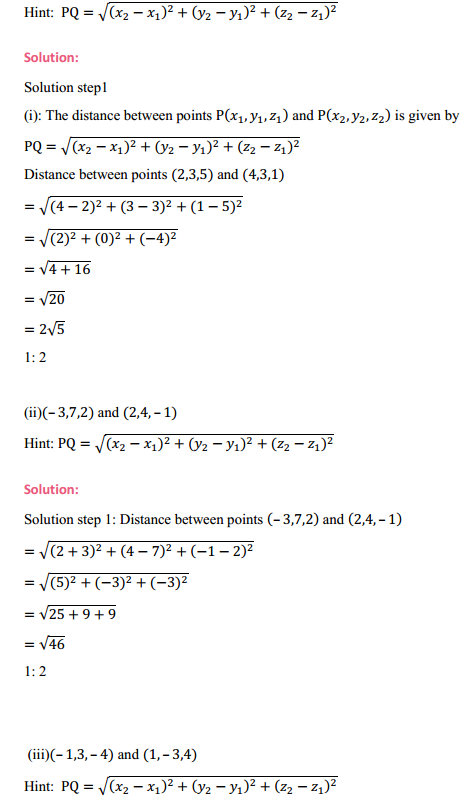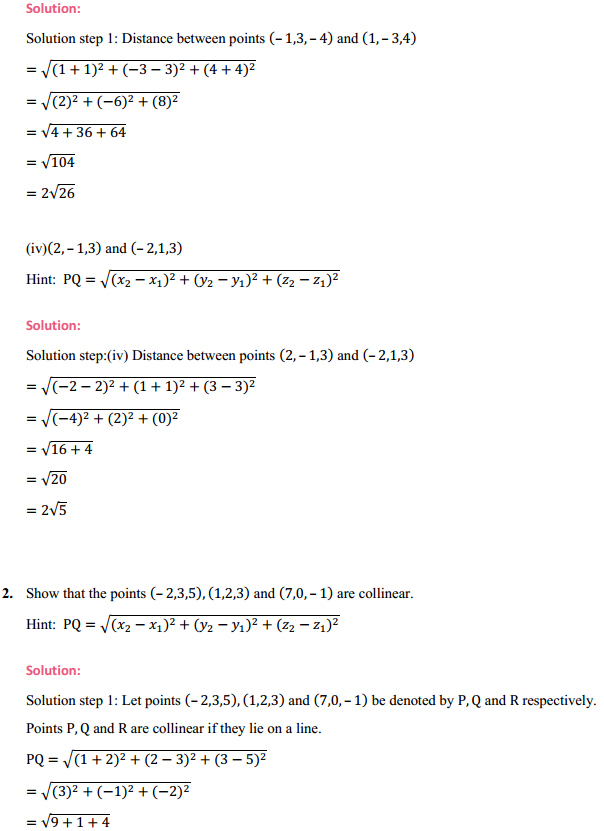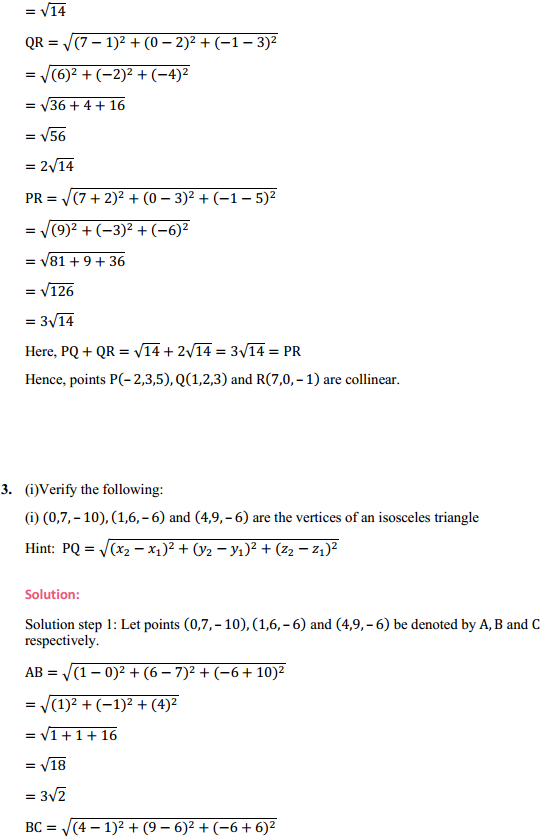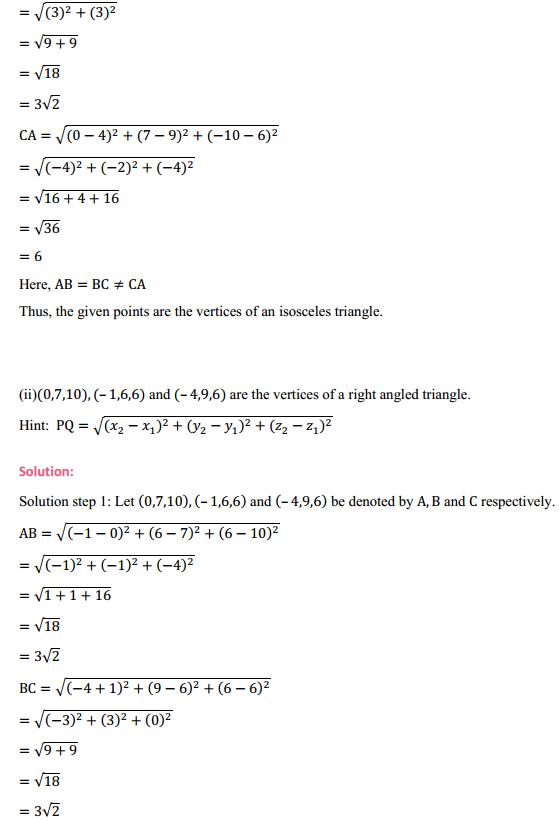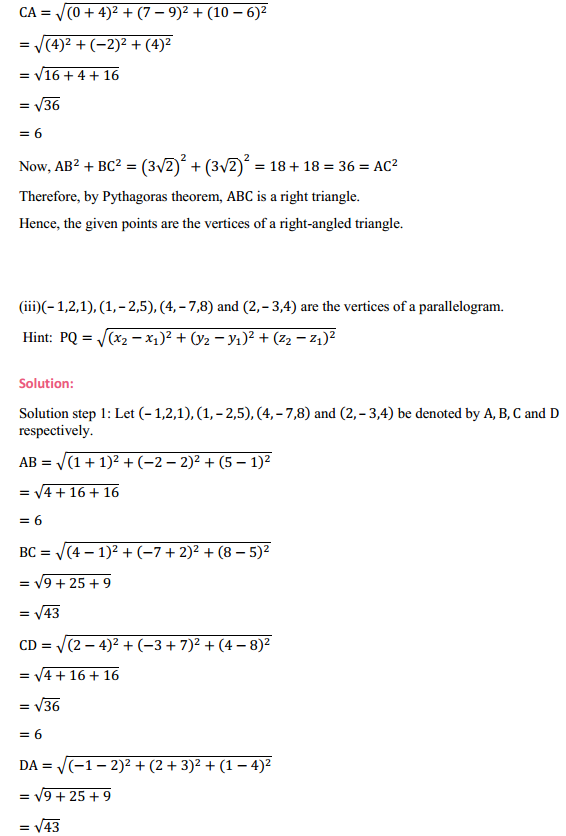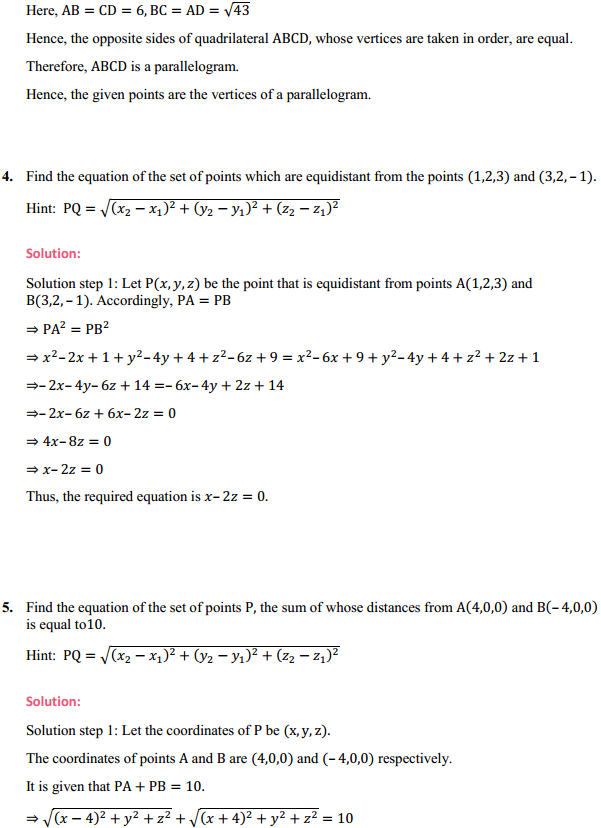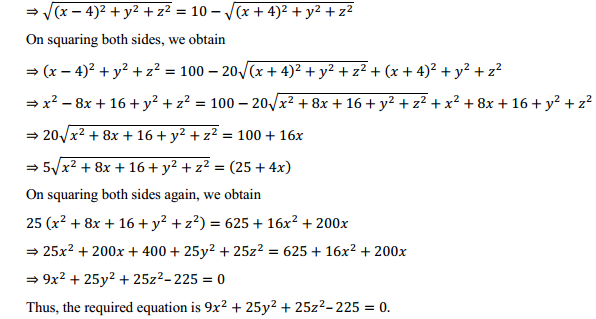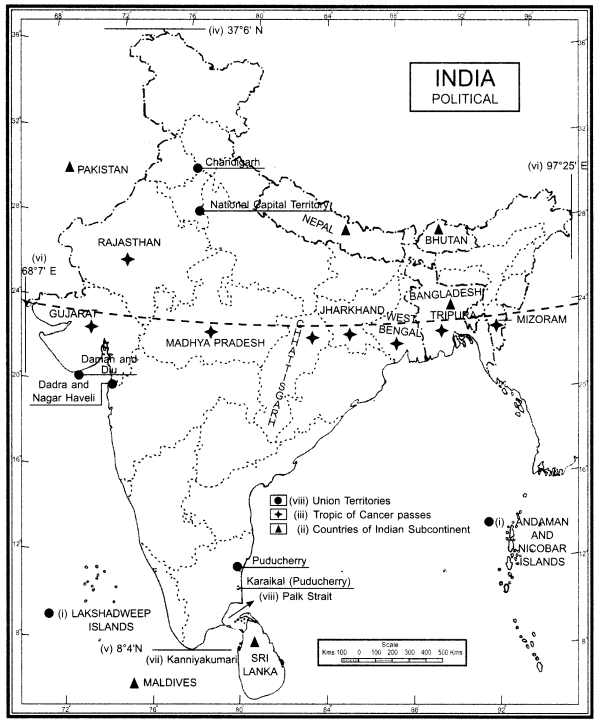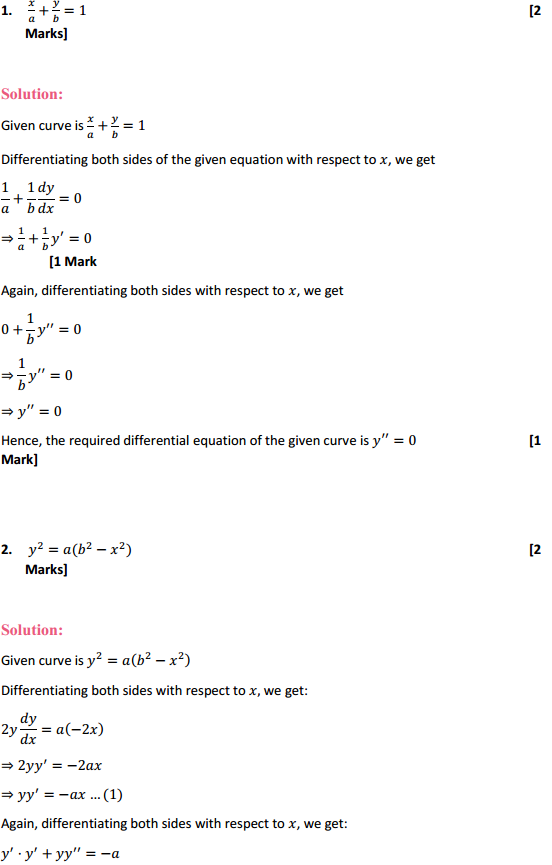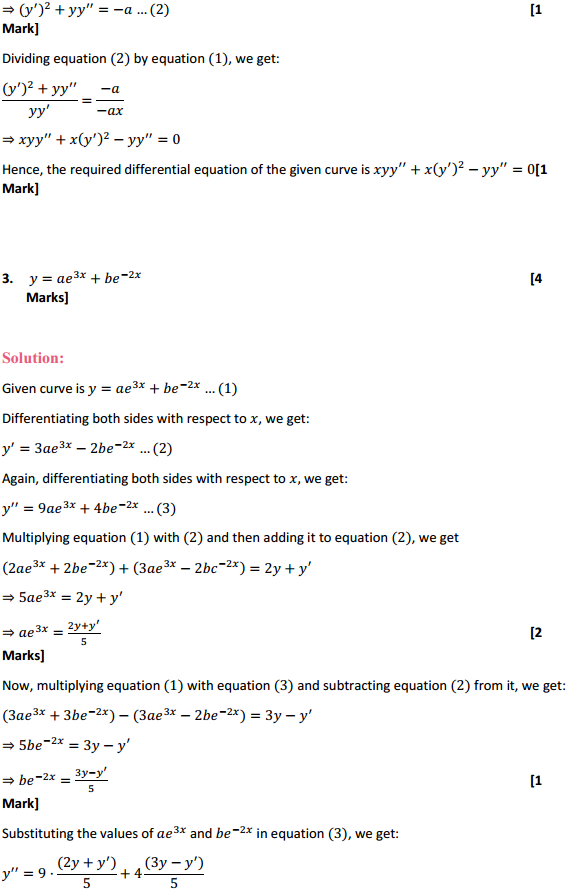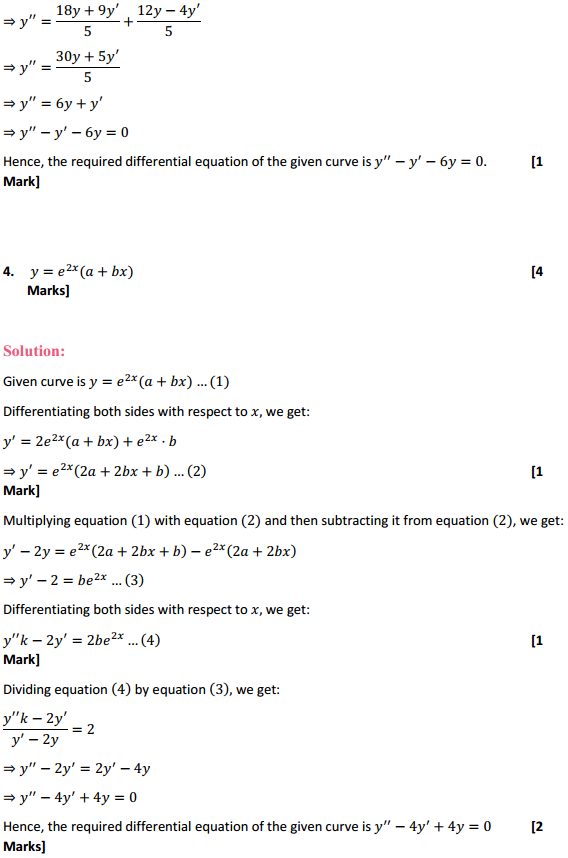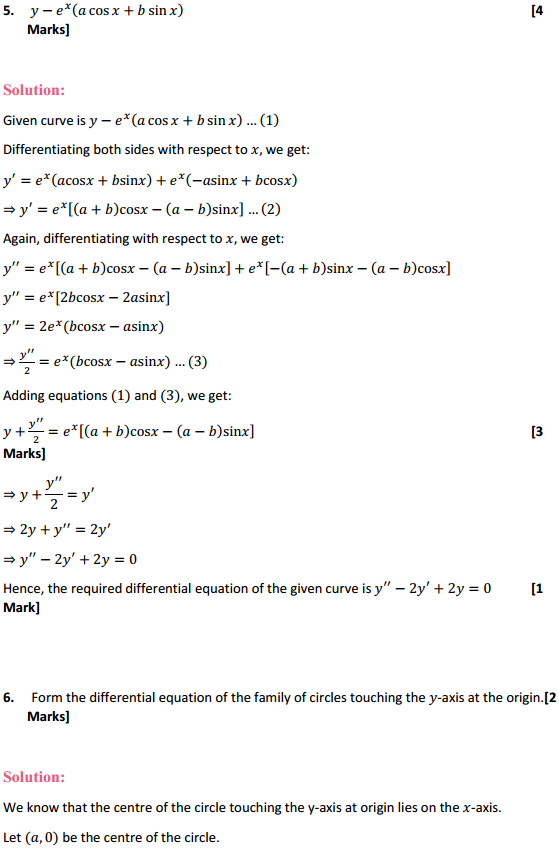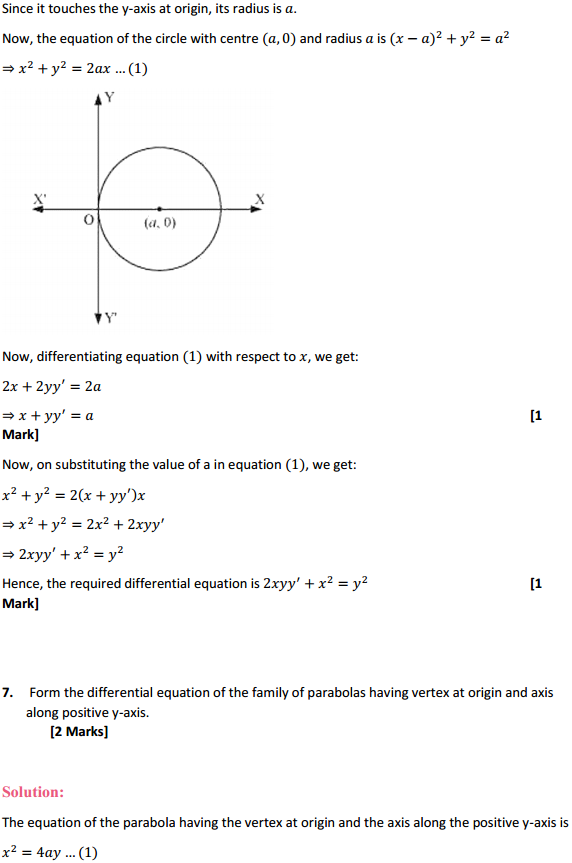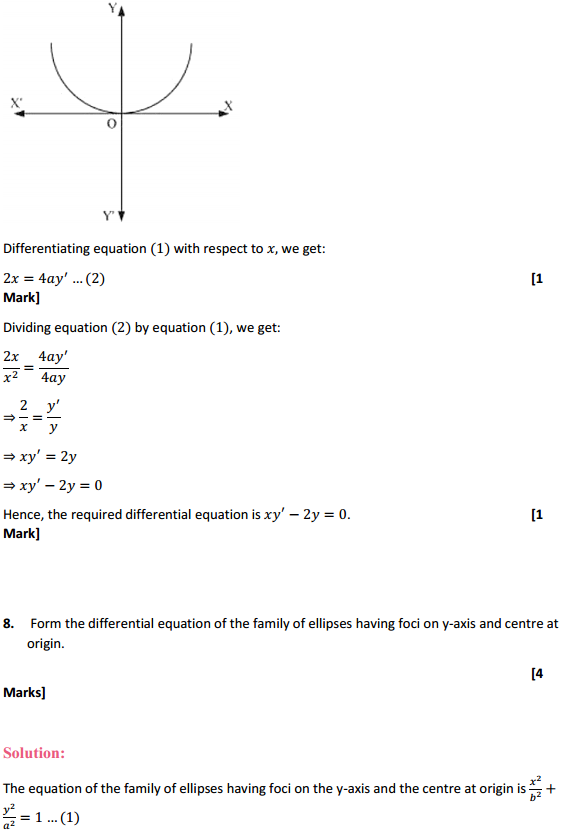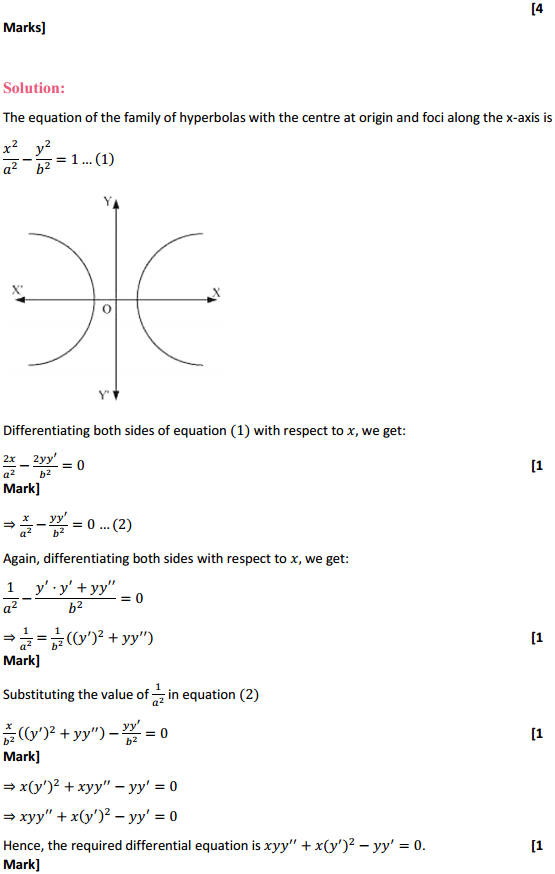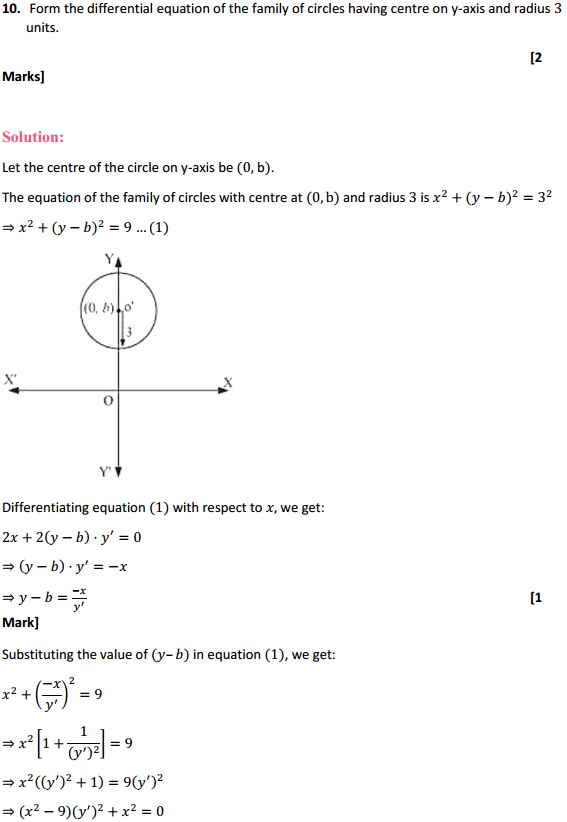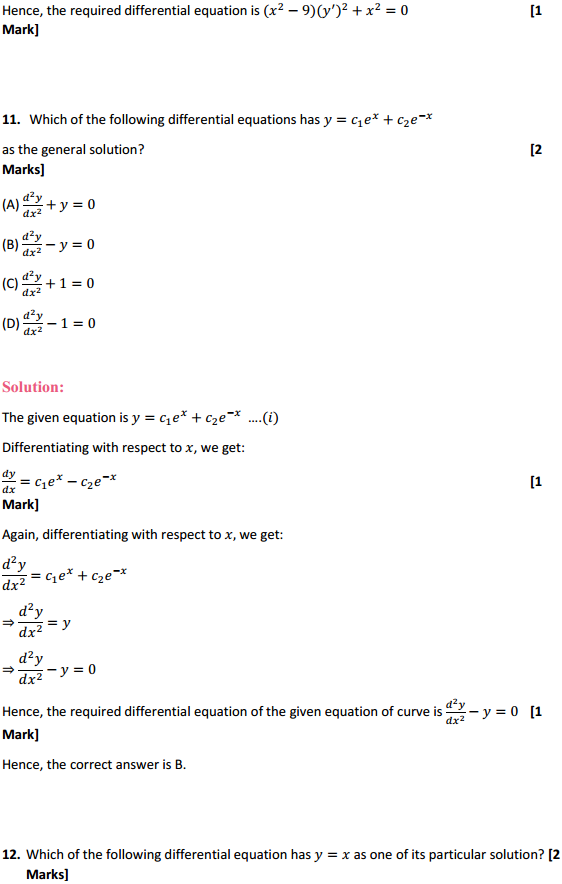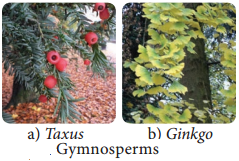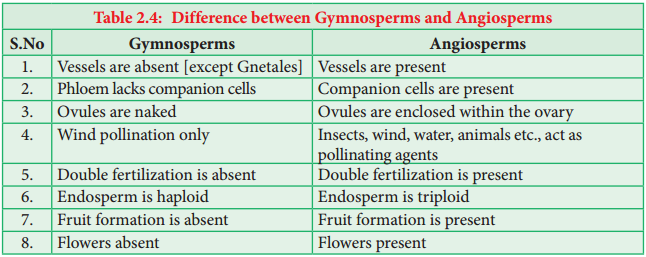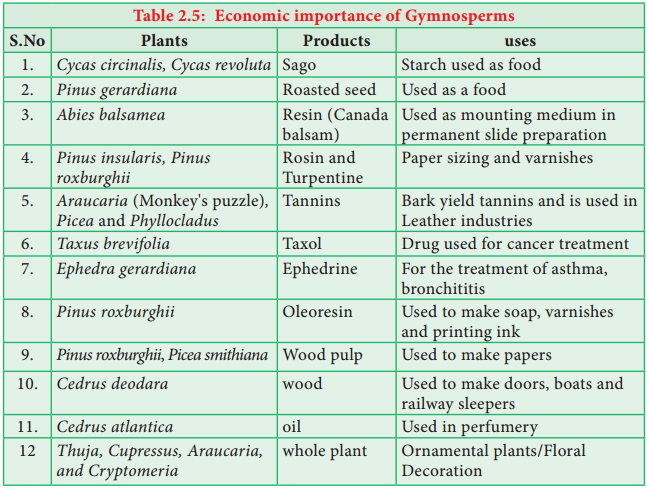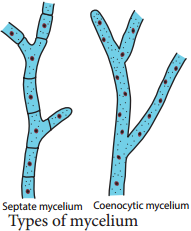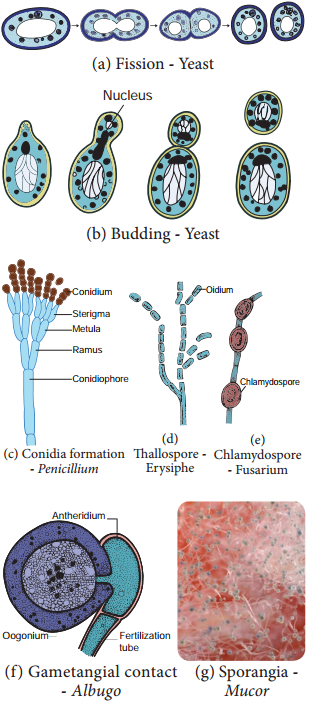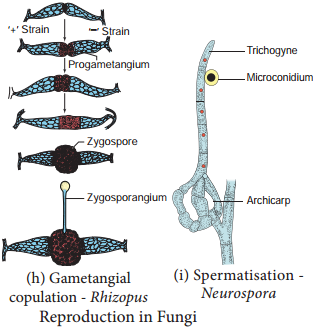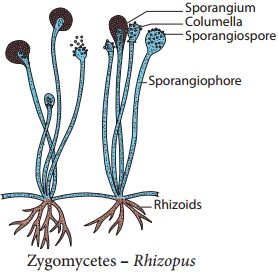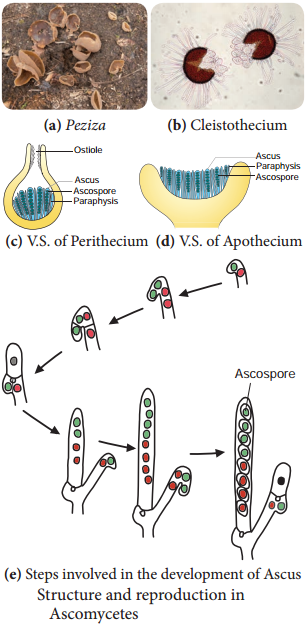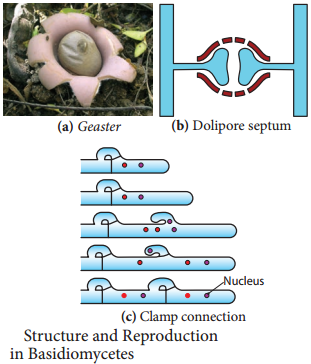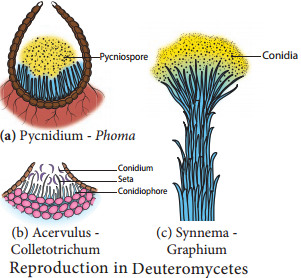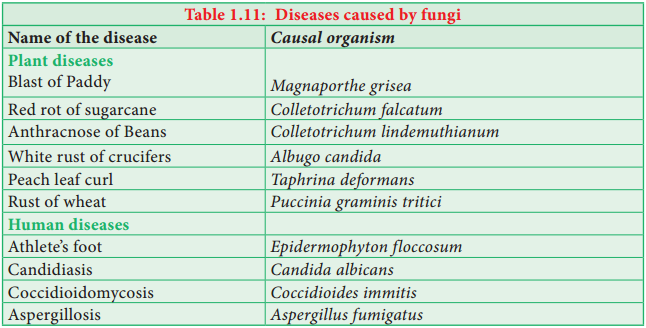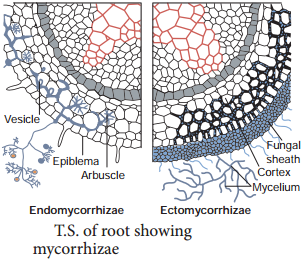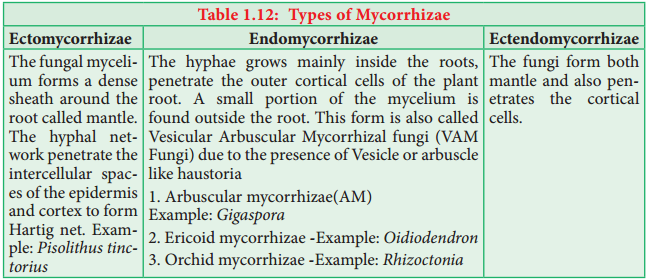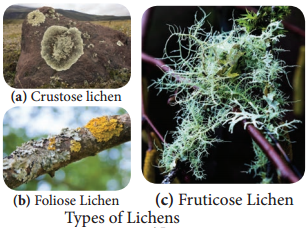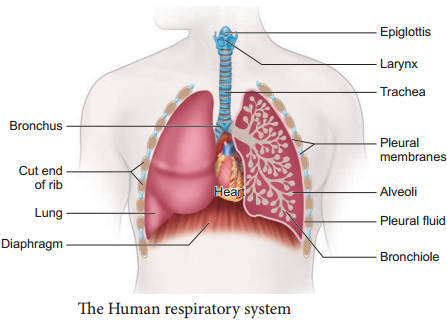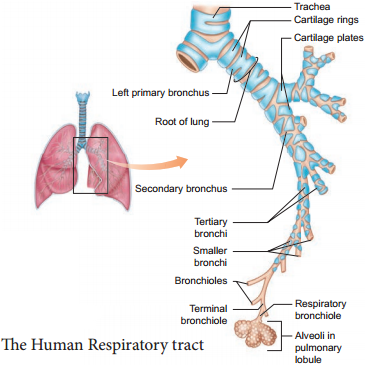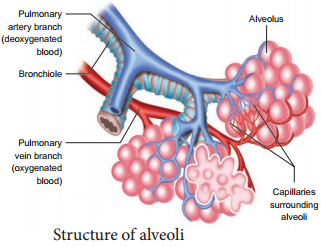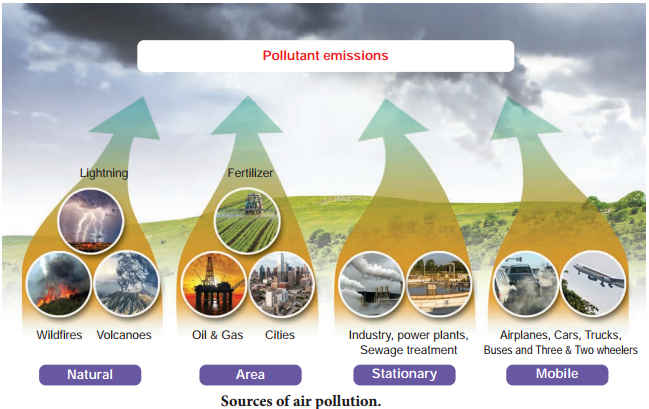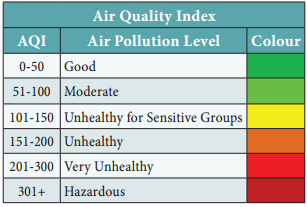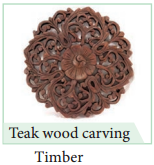Check the below NCERT MCQ Questions for Class 9 Sanskrit Chapter 8 लौहतुला with Answers Pdf free download. MCQ Questions for Class 9 Sanskrit with Answers were prepared based on the latest exam pattern. We have provided लौहतुला Class 9 Sanskrit MCQs Questions with Answers to help students understand the concept very well. https://ncertmcq.com/mcq-questions-for-class-9-sanskrit-with-answers/
Students can also read NCERT Solutions for Class 9 Sanskrit Chapter 8 Questions and Answers at LearnInsta. Here all questions are solved with a detailed explanation, It will help to score more marks in your examinations.
निम्नवाक्येषु रेखाङ्कित पदानां स्थानेषु प्रश्नवाचक पदं लिखत
Question 1.
लौहघटिता पूर्वपुरुषोपार्जिता तुलासीत्।
(क) कीदृशा
(ख) कीदृशी
(ग) कीदृशम्
(घ) का
Answer
Answer: (ख) कीदृशी
Question 2.
सः श्रेष्ठिनो गृहे रक्षित्वा विदेशं अगच्छत्।
(क) केन
(ख) कस्य
(ग) कम्
(घ) कः
Answer
Answer: (ख) कस्य
Question 3.
त्वदीया तुला मूषकैः भक्षिता।
(क) केन
(ख) कया
(ग) कैः
(घ) काभ्याम्।
Answer
Answer: (ग) कैः
Question 4.
संसारे किञ्चिदपि शाश्वतं नास्ति।
(क) किम्
(ख) कीदृशम्
(ग) कम्
(घ) कः
Answer
Answer: (ख) कीदृशम्
Question 5.
संसारे किञ्चिदपि शाश्वतं नास्ति।
(क) कुत्र
(ख) कीदृशम्
(ग) के
(घ) किम्
Answer
Answer: (क) कुत्र
Question 6.
वणिक्शिशुः अभ्यागतेन सह प्रस्थितः।
(क) केन
(ख) कः
(ग) कम्
(घ) कस्य
Answer
Answer: (क) केन
Question 7.
तत् द्वारं बृहत् शिलया आच्छाद्य आगतः।
(क) केन
(ख) कया
(ग) कस्या
(घ) का
Answer
Answer: (ख) कया
Question 8.
सः शिशुं गिरिगुहायां प्रक्षिप्य आगतः।
(क) कया
(ख) कस्याः
(ग) कस्याम्
(घ) काम्
Answer
Answer: (ग) कस्याम्
Question 9.
वणिक्पुत्रः सत्वरं गृहं आगतः।
(क) कम्
(ख) किम्
(ग) कुत्र
(घ) कदा
Answer
Answer: (ग) कुत्र
Question 10.
मम शिशुः त्वया सह नदीं गतः।
(क) कम्
(ख) कस्या
(ग) केन
(घ) किम्
Answer
Answer: (ग) केन
Question 11.
क्वचित् श्येनो बालं हर्तुम् समर्थोऽस्ति।
(क) को
(ख) कः
(ग) के
(घ) कान्
Answer
Answer: (ख) कः
Question 12.
श्रेष्ठी तारस्वरेण उवाच।।
(क) की
(ख) का
(ग) कः
(घ) कीहशः
Answer
Answer: (ग) कः
Question 13.
तौ विवदमानौ राजकुलं गतौ।
(क) कम्
(ख) को
(ग) के
(घ) कः
Answer
Answer: (ख) को
गद्यांशम् पठित्वा प्रश्नानाम् उत्तराणि लिखत
आसीत् कस्मिंश्चिद् अधिष्ठाने जीर्णधनो नाम वणिक्पुत्रः। स च विभवक्षयात् देशान्तरं गन्तुमिच्छन् व्यचिन्तयत्
यत्र देशेऽथवा स्थाने भोगा भुक्ताः स्ववीर्यतः।
तस्मिन् विभवहीनो यो वसेत् स पुरुषाधमः॥
तस्य च गृहे लौहघटिता पूर्वपुरुषोपार्जिता तुला आसीत्। तां च कस्यचित् श्रेष्ठिनो गृहे निक्षेपभूतां कृत्वा देशान्तरं प्रस्थितः। ततः सुचिरं कालं देशान्तरं यथेच्छया भ्रान्त्वा पुनः स्वपुरम् आगत्य तं श्रेष्ठिनम् अवदत्- “भोः श्रेष्ठिन्! दीयतां मे सा निक्षेपतुला।” सोऽवदत्-“भोः! नास्ति सा, त्वदीया तुला मूषकैः भक्षिता” इति।
जीर्णधनः अवदत्-“भोः श्रेष्ठिन्! नास्ति दोषस्ते, यदि मूषकैः भक्षिता। ईदृशः एव अयं संसारः। न किञ्चिदत्र शाश्वतमस्ति। परमहं नद्यां स्नानार्थं गमिष्यामि। तत् त्वम आत्मीयं एनं शिशुं धनदेवनामानं मया सह स्नानोपकरणहस्तं प्रेषय” इति।
Question 1.
वणिक्पुत्रस्य नाम किम् आसीत्?
Answer
Answer: जीर्णधनः
Question 2.
लौहघटिता तुला कीदृशी आसीत्।
Answer
Answer: पूर्वपुरुषोपार्जिता
Question 3.
जीर्णधनः कुत्र प्रस्थितः?
Answer
Answer: देशान्तरम्।
Question 4.
वाणिवपुत्रः स्वपुरमागत्य श्रेष्ठिनम् किम् अवदत्?
Answer
Answer: वणिक्पुत्रः स्वपुरमागत्य श्रेष्ठिनम् अवदत्- “भोः श्रेष्ठिन्! दीयतां मे सा निक्षेपतुला।”
Question 5.
श्रेष्ठी किम् अवदत्?
Answer
Answer: श्रेष्ठी अवदत् “भोः। नास्ति सा, त्वदीया तुला मूषकैः भक्षिता” इति।
Question 6.
अत्र “जीर्णधनः” इति कर्तृपदस्य क्रियापदं किम्?
Answer
Answer: आसीत्
Question 7.
अस्मिन् अनुच्छेदे ‘कालं’ इति पदस्य विशेषणपदं किम् अत्र?
Answer
Answer: सुचिरं
Question 8.
अशाश्वतं’ इति पदस्य विपर्यय पदम् किम् अत्र?
Answer
Answer: शाश्वतं
Question 9.
अनुच्छेदे ‘अस्ति’ इति क्रियापदस्य विपर्ययपदं किम् प्रयुक्तम्?
Answer
Answer: आसीत्
स श्रेष्ठी स्वपुत्रम् अवदत्-“वत्स! पितृव्योऽयं तव, स्नानार्थं यास्यति, तद् अनेन साकं गच्छ” इति। अथासौ श्रेष्ठिपुत्रः धनदेवः स्नानोपकरणमादाय प्रहृष्टमनाः तेन अभ्यागतेन सह प्रस्थितः। तथानुष्ठिते स वणिक् स्नात्वा तं शिशुं गिरिगुहायां प्रक्षिप्य, तद्वारं बृहत् शिलया आच्छाद्य सत्त्वरं गृहमागतः। सः श्रेष्ठी पृष्टवान्-“भोः! अभ्यागत! कथ्यतां कुत्र मे शिशुः यः त्वया सह नदीं गतः”? इति। स अवदत्-“तव पुत्रः नदीतटात् श्येनेन हृतः” इति। श्रेष्ठी अवदत्- “मिथ्यावादिन्! किं क्वचित् श्येनो बालं हर्तुं शक्नोति? तत् समर्पय मे सुतम् अन्यथा राजकुले निवेदयिष्यामि।” इति। सोऽकथयत्-“भोः सत्यवादिन्! यथा श्येनो बालं न नयति, तथा मूषका अपि लौहघटितां तुला न भक्षयन्ति। तदर्पय मे तुलाम्, यदि दारकेण प्रयोजनम्।” इति।
Question 1.
वणिक्शिशुः कीदृशं मनः तेन सह प्रस्थितः?
Answer
Answer: (प्रसन्नमनः) प्रहृष्टमनाः
Question 2.
लौहघटितातुला केन खादिता?
Answer
Answer: मूषकैः
Question 3.
तेन सह कः प्रस्थितः?
Answer
Answer: वणिक्शिशुः
Question 4.
वणिक्पुत्रः किम् कृत्वा गृहमागतः?
Answer
Answer: वणिक्पुत्रः स्नात्वा तं शिशुं (वणिक्शिशु) गिरिगुहायां प्रक्षिप्य, तद्द्वारं बृहत् शिलया आच्छाद्य सत्वरं गृहम् आगतः।
Question 5.
श्रेष्ठी स्वपुत्रम् किम् उवाच?
Answer
Answer: श्रेष्ठी स्वपुत्रमुवाच-“वत्स! पितृव्योऽयं तव, स्नानार्थं यास्यति, तद् गम्यताम् अनेन साकम्।
Question 6.
अत्र ‘मिथ्यावादिन्’ इति पदस्य विपर्ययपदं किम् प्रयुक्तम्?
Answer
Answer: सत्यवादिन्,
Question 7.
‘भक्षयन्ति’ इति क्रियापदस्य कर्तृपदं किम् अस्मिन् अनुच्छेदे?
Answer
Answer: मूषकाः
Question 8.
अत्र गद्यांशे ‘शीघ्रम्’ इति पदस्य पर्यायपदं किम् प्रयुक्तम्?
Answer
Answer: सत्वरम्
Question 9.
‘पुत्रम्’ इत्यर्थे किं पदं प्रयुक्तम् अत्र?
Answer
Answer: सुतम्
एवं विवदमानौ तौ द्वावपि राजकुलं गतौ। तत्र श्रेष्ठी तारस्वरेण अवदत्- “भोः! वञ्चितोऽहम्! वञ्चितोऽहम्! अब्रह्मण्यम्! अनेन चौरेण मम शिशुः अपहृतः” इति। अथ धर्माधिकारिणः तम् अवदन्-“भोः! समर्प्यतां श्रेष्ठिसुतः’। सोऽवदत्- “किं करोमि? पश्यतो मे नदीतटात् श्येनेन शिशुः अपहृतः’। इति। तच्छ्रुत्वा ते अवदन्-भोः! भवता सत्यं नाभिहितम्-किं श्येनः शिशुं हर्तुं समर्थो भवति? सोऽवदत्-भोः भोः! श्रूयतां मद्वचः
तुलां लौहसहस्रस्य यत्र खादन्ति मूषकाः।
राजन्तत्र हरेच्छ्येनो बालकं, नात्र संशयः॥
ते अपृच्छन्- “कथमेतत्”।
ततः स श्रेष्ठी सभ्यानामग्रे आदितः सर्वं वृत्तान्तं न्यवेदयत्। ततः न्यायाधिकारिणः विहस्य तौ द्वावपि सम्बोध्य तुला-शिशुप्रदानेन तोषितवन्तः।
Question 1.
राजकुलं कौ गतौ?
Answer
Answer: द्वावपि
Question 2.
श्रेष्ठी कीदृशेन स्वरेण प्रोवाच?
Answer
Answer: तारस्वरेण
Question 3.
किं कुर्वाणौ तौ द्वावपि राजकुलं गतौ?
Answer
Answer: विवदमानौ।
Question 4.
श्रेष्ठी तारस्वरेण किम् उवाच?
Answer
Answer: श्रेष्ठी तारस्वरेण उवाच- “भोः! अब्रह्मण्यम्! अब्रह्मण्यम्! अनेन चौरेण मम शिशुिः अपहृतः” इति।
Question 5.
अत्र किं संशयः न अस्ति?
Answer
Answer: यत्र लौहसहस्रस्य तुलाम् मूषकाः खादन्ति तत्र श्येनः अपि बालकम् हरेत् अत्र संशयः न अस्ति।
Question 6.
सर्व’ इति पदस्य विशेष्य पदं किम् अत्र?
Answer
Answer: वृत्तान्तम्
Question 7.
गद्यांशे अत्र “सन्तोषितौ” इति क्रियापदस्य कर्तृपदं किम्?
Answer
Answer: तौ
Question 8.
“प्रारम्भतः” इति पदस्य पर्यायपदं किम अस्मिन् अनुच्छेदे?
Answer
Answer: आदितः
Question 9.
अत्र “उच्चस्वरेण” इति अर्थे किम् पदं प्रयुक्तम्?
Answer
Answer: तारस्वरेण।
अन्वय लेखनम्
यत्र देशेऽथवा स्थाने भोगा भुक्ताः स्ववीर्यतः।
तस्मिन् विभवहीनो यो वसेत् स पुरुषाधमः॥
अन्वय- यत्र (i) …………….. अथवा (ii) ……………. स्ववीर्यतः भोगाः (iii) ……….. (iv) ………….. यः वसेत् स पुरुषाधमः।
मञ्जूषा- विभवहीनः, स्थाने, देशे, भुक्ता
Answer
Answer:
(i) देशे
(ii) स्थाने
(iii) भुक्ताः
(iv) विभवहीनः।
तुला लौहसहस्रस्य यत्र खादन्ति मूषकाः।
राजन्तत्र हरेच्छ्येनो बालकं, नात्र संशयः॥
अन्वय- राजन्! (i) ………….. लौहसहस्रस्य (ii) ……………. मूषकाः (iii) …………… तत्र (iv) ……………. बालकम् हरेत् अत्र संशयः न।
मञ्जूषा- तुलाम्, यत्र, श्येनः, खादन्ति
Answer
Answer:
(i) यत्र
(ii) तुलाम्
(iii) खादन्ति
(iv) श्येनः।
निम्न श्लोकनि पठित्वा भावलेखनम्
यत्र देशेऽथवा स्थाने भोगा भुक्ताः स्ववीर्यतः
तस्मिन् विभवहीनो यो वसेत स पुरुषाधमः॥
अस्य भावोऽस्ति- यत्र देशे (i) ……………….. स्थाने (ii) …………… भोगाः भुक्ताः (iii) ……………. यः विभवहीनः (iv) …………….. सः पुरुषः अधमः।।
मञ्जूषा- वसेत्, स्ववीर्यतः, अथवा, तस्मिन्
Answer
Answer:
(i) अथवा
(ii) स्ववीर्यतः
(iii) तस्मिन्
(iv) वसेत्।
तुलां लौहसहस्रस्य यत्र खादति मूषकाः।
राजन्तत्र हरेच्छ्येनो बालकं नात्र संशयः॥
अस्य भावोऽस्ति- (i) ………….. यत्र (ii) ……………. तुलां (iii) …………… खादन्ति तत्र श्येनः (iv) …………… हरेत् अत्र संशयः न।।
मञ्जूषा- बालकम्, मूषकाः, लौहसहस्रस्य, राजन्।
Answer
Answer:
(i) राजन्
(ii) लौहसहस्रस्य
(iii) मूषकाः
(iv) बालकम्।
निम्नवाक्यानि घटनाक्रमानुसारं पुनर्लिखत
1. (i) भोः! नास्ति सा, त्वदीया तुला मूषकैर्भक्षिता इति।
(ii) सः एकदा विदेशं गच्छन् अचिन्तयत्।
(iii) कस्मिंश्चिद् अधिष्ठाने जीर्णधनः नामकः वाणिक्पुत्रः आसीत्।
(iv) धनिकः नृपस्य समीपं न्यायार्थम् अगच्छत्।
(v) भोः श्रेष्ठिन्! दीयतां मे सा निक्षेपतुला।
(vi) इमाम् लौहतुलां श्रेष्ठिनः गृहे निक्षिप्य गच्छामि।
(vii) कथं श्येनः पुत्रं नेतुं समर्थोऽस्ति।
(viii) अस्य पुत्रस्य अपहरणं श्येनेन कृतम्।
Answer
Answer:
(i) कस्मिंश्चिद् अधिष्ठाने जीर्णधनः नामकः वाणिवपुत्रः आसीत्।
(ii) सः एकदा विदेशं गच्छन् अचिन्तयत्।
(iii) इमाम् लौहतुलां श्रेष्ठिनः गृहे निक्षिप्य गच्छामि।
(iv) भोः श्रेष्ठिन्! दीयतां मे सा निक्षेपतुला।
(v) भोः! नास्ति सा, त्वदीया तुला मूषकैर्भक्षिता इति।
(vi) कथं श्येनः पुत्रं नेतुं समर्थोऽस्ति।
(vii) धनिकः नृपस्य समीपं न्यायार्थम् अगच्छत्।
(viii) अस्य पुत्रस्य अपहरणं श्येनेन कृतम्।
2. (i) तव तुलां मूषकाः खादिताः।
(ii) न्यायाधीशस्य आज्ञया धनिकः तस्य तुलाम् अयच्छत्।
(iii) न्यायाधीशः जीर्णधनस्य वार्ता श्रुत्वा अवदत्-‘कथमेतत् भवितुं शक्नोति’?
(iv) तव पुत्रं श्येनः नीतवान्।
(v) जीर्णधनः सर्वां वार्ता कथयति।
(vi) एकदा एकः जीर्णधनः नाम वाणिवपुत्रः न्वयसत्।
(vii) सः स्वलौहतुलां धनिकस्य समीपं निक्षिप्य विदेशम् अगच्छत्।
(viii) जीर्णधनः स्नानार्थं धनिकस्य पुत्रं नीत्वा नदीम् अगच्छत्।
Answer
Answer:
(i) एकदा एकः जीर्णधनः नाम वाणिवपुत्रः न्वयसत्।
(ii) सः स्वलौहतुलां धनिकस्य समीपं निक्षिप्य विदेशम् अगच्छत्।
(iii) तव तुलां मूषकाः खादिताः।
(iv) जीर्णधनः स्नानार्थं धनिकस्य पुत्रं नीत्वा नदीम् अगच्छत्।
(v) तव पुत्रं श्येनः नीतवान्।
(vi) न्यायाधीशः जीर्णधनस्य वार्तां श्रुत्वा अवदत्-‘कथमेतत् भवितुं शक्नोति’?
(vii) जीर्णधनः सर्वां वार्ता कथयति।
(viii) न्यायाधीशस्य आज्ञया धनिकः तस्य तुलाम् अयच्छत्।
‘क’ स्तम्भे लिखितानां पदानां पर्यायाः ‘ख’ स्तम्भे लिखिताः। तान् यथासमक्षं योजयत्
‘क’ स्तम्भः – “ख’ स्तम्भः
(i) अधिष्ठाने – एतादृशः
(ii) निक्षेपः – धनाभावात्
(iii) ईदृशः – देहि
(iv) विभवक्षयात् – प्रारम्भतः
(v) समर्पय – बोधयित्वा
(vi) आदितः – हसित्वा
(vii) संबोध्य – न्यासः
(viii) विहस्य – स्थाने
Answer
Answer:
(i) स्थाने
(ii) न्यासः
(iii) एतादृशः
(iv) धनाभावात्
(v) देहि
(vi) प्रारम्भतः
(vii) बोधयित्वा
(viii) हसित्वा
‘क’ स्तम्भे विशेषणानि ‘ख’ स्तम्भे विशेष्याणि दत्तानि। तानि समुचित योजयत
‘क’ स्तम्भः – ‘ख’ स्तम्भः
(i) सुचिरे – तुलाम्
(ii) कस्मिंश्चित् – वृत्तान्तम्
(iii) लौहघटिताम् – पुरुषः
(iv) सर्वं – तौ
(v) अधमः – अधिष्ठाने
(vi) विवादमानौ – काले
Answer
Answer:
(i) काले
(ii) अधिष्ठाने
(iii) तुलाम्
(iv) वृत्तान्तम्
(v) पुरुषः
(vi) तौ
निम्न पदानाम् दत्तेषु विपर्ययपदेषु शुद्धं विपर्ययं सह मेलनं कुरुत’
पदानि – विपर्ययाः
(i) गन्तुम् – मदीया
(ii) सत्यवादिन्! – पुरुषाधमः
(iii) अस्ति – अपर्य
(iv) गृहाण – श्रेष्ठिन्!
(v) त्वदीया – आदितः
(vi) सत्वरम् – आसीत्
(vii) दु:खितमनाः – मिथ्यावादिन्!
(viii) पुरुष श्रेष्ठः – चिरम्
(ix) अन्ततः – प्रहष्टमनाः
(x) भिक्षुक! – आगन्तुम्
Answer
Answer:
(i) आगन्तुम्
(ii) मिथ्यावादिन्!
(iii) आसीत्
(iv) अपर्य
(v) मदीया
(vi) चिरम्
(vii) प्रहष्टमनाः
(viii) पुरुषाधमः
(ix) आदितः
(x) श्रेष्ठिन्!।
We hope the given NCERT MCQ Questions for Class 9 Sanskrit Chapter 8 लौहतुला with Answers Pdf free download will help you. If you have any queries regarding CBSE Class 9 Sanskrit लौहतुला MCQs Multiple Choice Questions with Answers, drop a comment below and we will get back to you soon.
